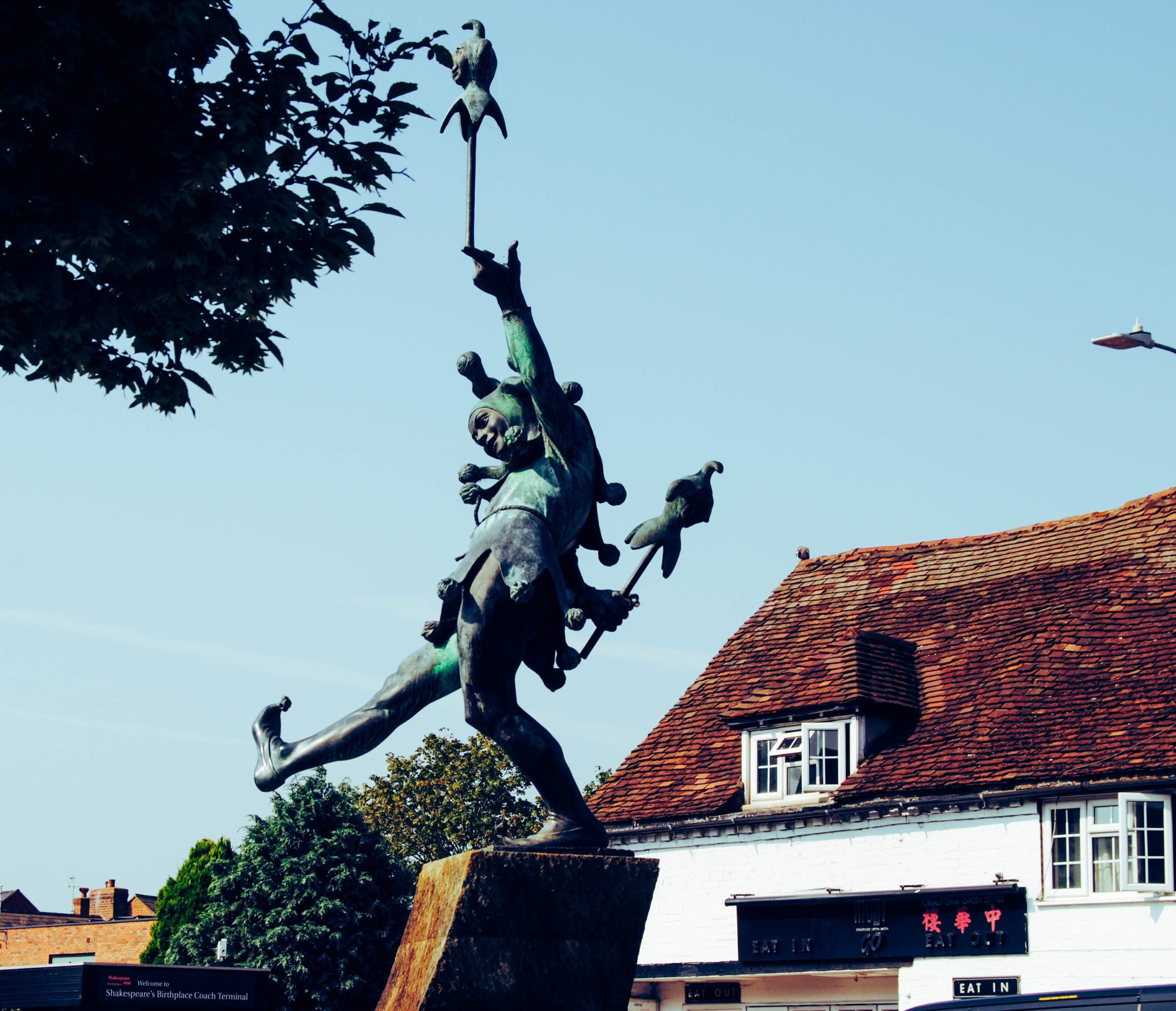Every year on April 1, people around the world celebrate April Fools’ Day by pulling pranks on others. So, where did this tradition begin? Honestly, no one is quite sure. Many people have theories, however, on how this day of jokes came to be.
April Fools’ Day is believed to date back to at least the Renaissance period in Europe, possibly around 1582. During this time, France had decided to move from the Julian calendar to the Gregorian. As information took much longer to spread, some people did not hear of the change and would still believe that the new year started around April 1 (or as the spring equinox began), rather than Jan. 1.
Some say that people called those confused on the date “April Fools” and would often play jokes on them. One involved putting a paper fish on the person’s back and calling them, “Poisson d’avril,” which is French for “April Fish.” The way people easily believed in the date of the new year was similar to a fish getting tricked into catching itself on a hook.
Another theory, though it is less believed, is that the holiday began with “The Canterbury Tales” by Geoffrey Chaucer. Since the book’s publication in 1392, this theory dates April Fools’ Day further back than other ideas. In the book, Chaucer made mention of 32 days after the beginning of March, which would either be April 1 or March 32.
The idea that the day mentioned is April 1 relates the holiday through the characters of a rooster and a fox, who take turns in tricking each other. The theory that discusses March 32, on the other hand, finds the joke in the fact that March 32 does not exist, though some experts call it an error in the book.
The first known mention of April Fools’ Day is in a writing by Flemish poet, Eduard de Dene. This poem tells the story of a servant who is sent on tasks that are not real. The servant realizes that he is being pranked, as the date is April 1. The day is found to be first mentioned in the English language in “Remaines of Gentilisme and Judaisme” (1686) by John Aubrey.
April Fools’ Day is thought to have gotten popular in Britain in the 1700s. Scotland celebrated with two-day festivities where people would participate in “hunting the gowk” (gowk meaning a cuckoo bird), as they sent others on fake jobs. On the second day, Tailie Day, they would pin tails or “kick me” signs to people.
One notable April Fools’ Day prank was performed by BBC in 1957. This British broadcaster reported that people in Switzerland were harvesting spaghetti from trees. Some viewers caught on and realized the joke, but as spaghetti was not a popular food in Britain, others thought the story was legit, wanting to know how they could grow spaghetti.
Another prank was pulled by a professor at Boston University, Joseph Boskin, in 1983. During an Associated Press interview, Boskin told reporter Fred Bayles that he did not know the origins of April Fools’ Day, but Bayles kept insisting that he share. Boskin then created a fake origin story about Emperor Constantine and his jesters. The jesters insisted that one from their group should be “king for a day.” Constantine decided to choose jester, “Kugel,” for this honor, who announced his day as king one of merriment. The Associated Press published this story and many believed it at first. The truth later came out after Boskin shared the joke with his students.
Rebekah Davidson
Intern


